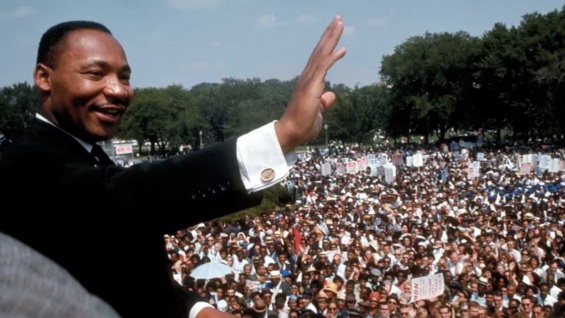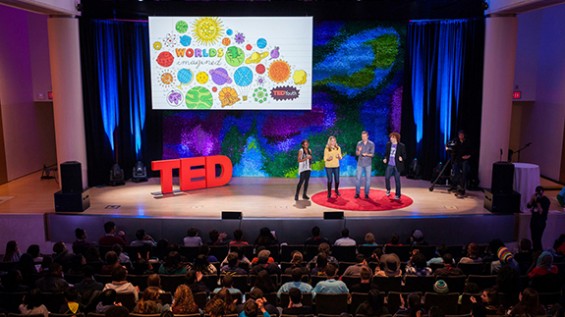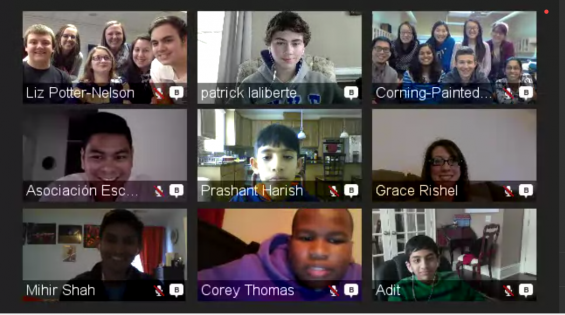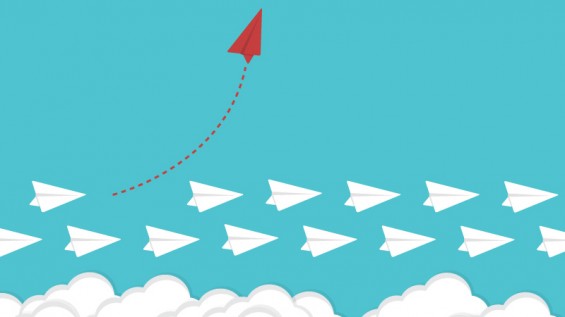
5 ways to create change as a student
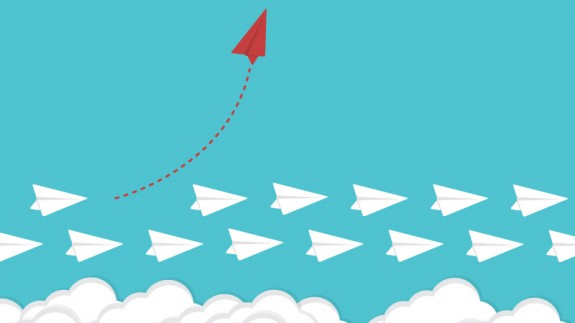
Chances are, if you clicked on this article, you’re young and and you’re itching for a change. Maybe you noticed that your local homeless shelter is underfunded. Maybe your school isn’t accessible for differently abled individuals. Whatever it is, you think something isn’t right and you want to do something about it. Well, you’re in luck! Just because you’re young doesn’t mean you can’t make a difference. From one student to another, here are a few suggested ways to make a change:
Start your own project. Sometimes, it’s as simple as that; if you see something you want to change, do something about it! For example, if your local library is closing due to underuse and you want to revive it, you could write to your local politician or bring it up at a town hall meeting. Or, if you’re like grade 12 students Miranda Wang and Jeanny Yao, who found plastic to be useful yet harmful to the environment, you might go in search of a new bacteria to biodegrade plastic. Want to learn more about what they did? Check out their TED Talk! Worried about finding the resources — money, human or otherwise — to make your project happen? Don’t worry. You just need to reach out and ask others; you’ll be surprised at how willing people are to help youth improve the community.
Join an existing project. If you are interested in making a specific change, it’s possible that others may be too. In that case, if you find a common thread — or find that an aspect of what they do aligns with what you want to do — you might want to join them! Remember, there is power in numbers and the sum is greater than its parts.
Make personal changes. Explicitly working on a project isn’t the only way to make change; even small personal lifestyle changes can add up. Let’s say, for example, that you are passionate about sustainability and the environment. You might decide to become more environmentally friendly and practice more mindful consumption. In daily life, for example, that could mean that you start to bike or carpool, to thrift your clothes instead of buying them, and to simply buy less stuff. We all have limited resources, so how can we use our resources to help others the most? It’s important to remember that you don’t necessarily have to sacrifice everything in order to make an impact. For example, Giving What We Can (GWWC) is an altruistic organization whose members pledge to give 10% of their income to effective charities. Founded at Oxford University in 2009 by moral philosopher Toby Ord, the premise of GWWC is exactly that — giving what we can.
Research to learn. When you want to make the world a better place, it’s important to learn about the world itself and the problems it faces. So, what better way is there to learn than through research? Whether it’s a quick Google search, a trip to a library, or an interview with locals, research is often a critical step in deciding which problem to solve next and how.
Empower others and spread the word. To expand your reach, you need to build awareness about your cause. This has a multiplier effect, because the people you influence can in term persuade others to act as well. For example, when Tavi Gevinson was fifteen years old, she had a hard time finding strong female, teenage role models — so she built a space where they could find and empower each other. You can learn more about what she did by watching her TED Talk.
There are plenty of ways to take action and make a change. What will you do?
To see more examples of how other passionate Club Members are improving their community and taking action around the world, check out this playlist on the TED-Ed Clubs YouTube channel!
Author bio: Sarina Wong is 17 years old and attends high school at the University of Toronto Schools, in Toronto, Canada. Sarina is a self-described bibliophile, and has her heart set on reading no fewer than 200 books this year alone! Sarina is also the founder of her school’s TED-Ed Club, which she started out of a passion for social justice and social change.
